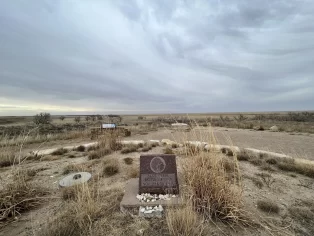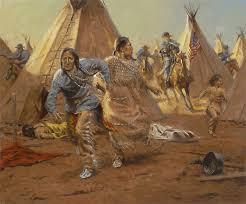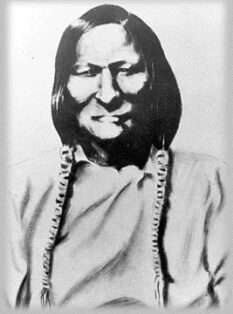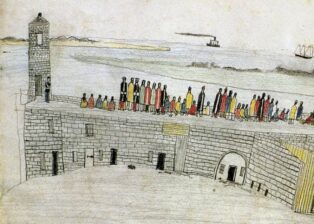Enter now to win a copy of
Mochi’s War: The Tragedy of Sand Creek

Dog Soldiers participated in a second raid on Julesburg on February 2, 1865. According to George Bent’s account of the attack, a small band of Indians first tried to lure the soldiers out of their stockade. The plan was to get the troops in the open, overtake them, and ride into the unguarded stage station. The soldiers did not fall for the Indians’ ploy. The warriors regrouped and descended on the stockade together. George Bent noted in his memoirs that the Dog Soldiers rode past eighteen graves of men killed in the first attack on Julesburg. Six hundred Indians fought their way to the warehouse at the stage station and broke into the store on site. Mochi was one of the Cheyenne who helped gather the food and other provisions together and herded the horses away from the war-torn stockade. When there was nothing left to plunder, the Indians set fire to the buildings.
Mochi and the other Indians left Julesburg and headed across the Great Divide between the South Platte and North Platte Rivers. Telegraph poles lining the path they followed were destroyed. They were either burned or chopped down, and the wires were cut and carried away or tangled up and tossed into the brush. Regiments of cavalry troops from Mud Springs, Nebraska, and Camp Mitchell, Wyoming rallied and pursued the Indians, but the warriors would not allow themselves to be easily driven from the valley. Because of the Sand Creek Massacre, raid upon raid was enacted on soldiers and settlers from February to October 1865. Many warriors and white men lost their lives. Like other Dog Soldiers, Mochi would have taken part in the killing and the ritual mutilation of her enemies.
Somewhere in the midst of the fighting and retreating and fighting again, Mochi met a warrior named Mihuh-heuimup or Medicine Water. He had lost his wife at Sand Creek and was raising his young daughter Tahnea alone. Medicine Water and Mochi shared a strong desire to eliminate the white man from their homeland and to preserve the traditions and lifestyles of the Cheyenne people. If not for the Treaty of the Little Arkansas, Mochi and Medicine Water might not have considered marriage. They would have continued their attacks on United States troops and buffalo hunters until one or the other were killed, but a remission in the weekly fighting gave them the chance to rest and consider life beyond the battle.
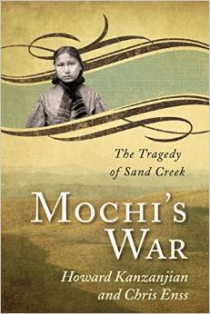
Mochi's War: Tragedy of Sand Creek
I'm looking forward to hearing from you! Please fill out this form and I will get in touch with you if you are the winner.
Join my email news list to enter the giveaway.
"*" indicates required fields

